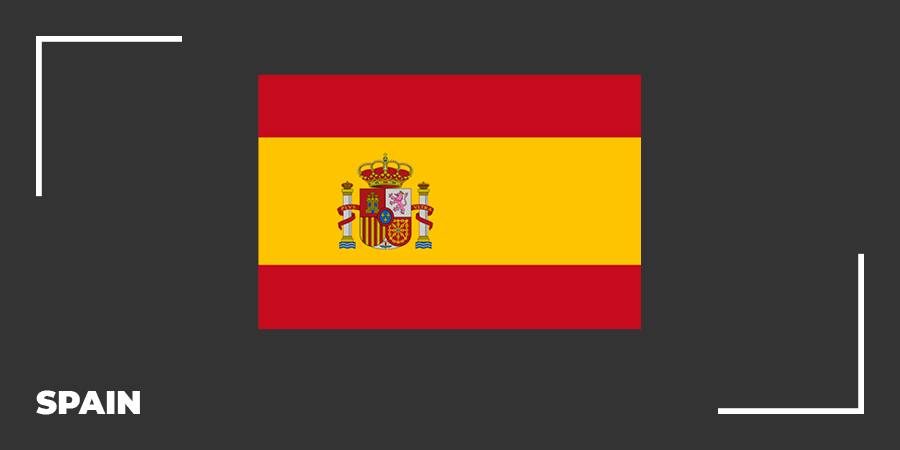Hydrogen strategy in the EU: A Look Around the Continent

As the EU commits to a hydrogen future, HIL provides the long term policy released by the government.
In the ministerial foreword, The strategy explained:
Hydrogen is enjoying renewed and rapidly growing attention in Europe and around the world. Hydrogen can be used as a feedstock, fuel or energy carrier and storage, and has many possible applications across industry, transport, power and buildings sectors.
Most importantly, it does not emit CO2 and almost no air pollution when used. It thus offers a solution to decarbonise industrial processes and economic sectors where reducing carbon emissions is both urgent and hard to achieve. All this makes hydrogen essential to support the EU’s commitment to reach carbon neutrality by 2050 and for the global effort to implement the Paris Agreement while working towards zero pollution.
Yet, today, hydrogen represents a modest fraction of the global and EU energy mix and is still largely produced from fossil fuels, notably from natural gas or from coal, resulting in the release of 70 to 100 million tonnes of CO2 annually in the EU.
For hydrogen to contribute to climate neutrality, it needs to achieve a far larger scale and its production must become fully decarbonised.
In the past, there have been peaks of interest in hydrogen, but it did not take off. Today, the rapid cost decline of renewable energy, technological developments and the urgency to drastically reduce greenhouse emissions, are opening up new possibilities.
You can find the full hydrogen strategy here.

